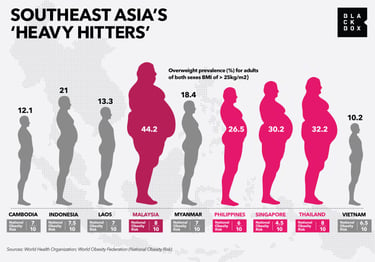

The Gut-Brain-Liver Axis: A New Option to Treat Obesity and Diabetes?
This study explores a fascinating connection between the gut, brain, and liver and how they communicate to regulate glucose (sugar) levels in the body. Here’s what they found:
Role of Gut Lipids: When fats (lipids) are introduced directly into the upper intestine, they trigger a chain reaction that leads to lower glucose production in the liver. This happens before the fats are even absorbed into the bloodstream.
Neural Communication: The process involves a communication pathway between the gut and brain. Disrupting this pathway (for example, by cutting certain nerves or using specific inhibitors) stops the fats from lowering glucose production, showing how critical this neural link is.
Liver's Role: The liver is a key player in this process. If the nerves connecting the liver to the brain are cut, the fats in the intestine can no longer reduce glucose production.
In simple terms, the study reveals that fats in the gut send signals through a network of nerves to the brain and liver, helping to control blood sugar levels. This new understanding could help develop treatments for conditions like obesity and diabetes by targeting this gut-brain-liver communication pathway.
Source: Hepatology
Return to:
